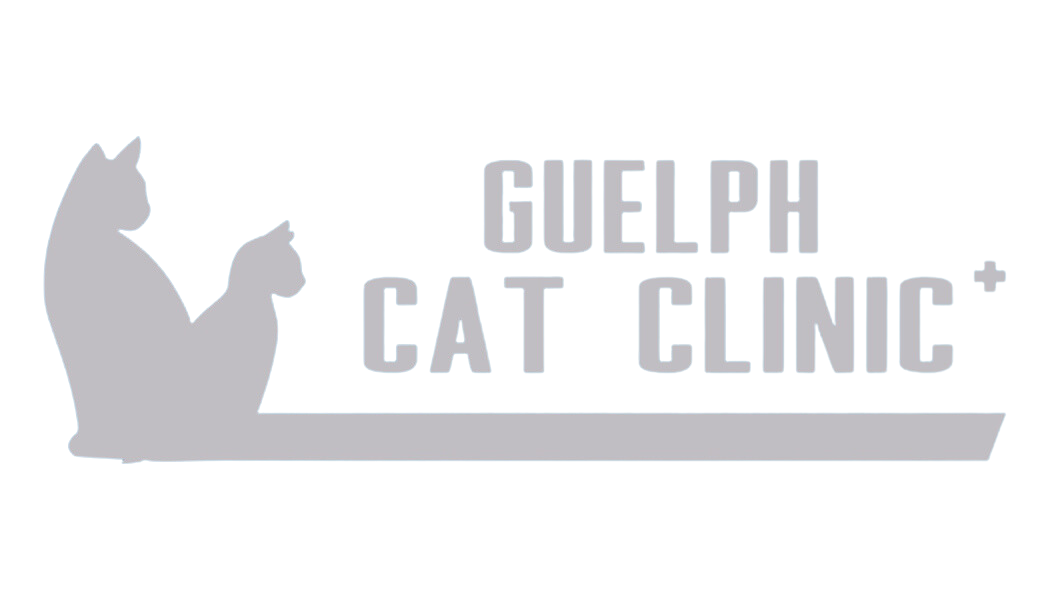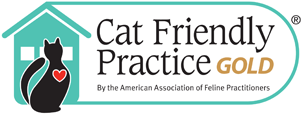Library
-
Enalapril is used on and off label and is given by mouth or injection to treat heart failure, high blood pressure, chronic kidney disease, or proteinuria. Common side effects include loss of appetite, vomiting, diarrhea, and tiredness. Do not use in pets that are allergic to it, have an acute kidney injury, or have certain heart conditions.
-
Endocarditis is an infection of a heart valve, most often affecting the mitral or aortic valve. It can arise any time that bacteria enter the bloodstream, though it is more common when the heart valve has already been damaged for some other reason. The clinical signs of endocarditis are often nonspecific in the early stages, but may progress to include signs of heart failure later in the course of the disease. The diagnosis and treatment of endocarditis can present a challenge, requiring multiple tests and prolonged courses of antibiotic therapy.
-
Endosorb® is an anti-diarrhea supplement that supports intestinal function and soothes the gastrointestinal tract in pets such as dogs, cats, horses, and cattle. It is available in various forms, including tablets and liquid suspension.
-
Enilconazole is a topical wash/dip used to treat dermatophytosis (ring worm) in dogs and sometimes in cats. Side effects are uncommon, as it is well-tolerated, but may occur in cats.
-
Enoxaparin, also known as Low Molecular Weight Heparin or LMWH, is an anticoagulant (blood thinner) used to prevent or treat blood clots in cats, dogs, and horses. It may be used before surgery to prevent blood clot formation. It is used off label (extra label) in veterinary medicine. Enoxaparin comes in an injectable form given subcutaneously.
-
Many veterinarians, including nutritionists and behaviorists, believe it is important for dogs and cats to express their natural foraging and hunting behaviors. For pets living indoors, this can be difficult, and the lack of this stimulation can sometimes lead to behavior problems. Enriching a pet's environment with food toys and puzzles at mealtimes can fulfill the need to forage. The use of toys, puzzles and other novel methods of food delivery can also be effective ways to increase daily movement in overweight or inactive pets.
-
Enrofloxacin is an antibiotic given by mouth or in the muscle commonly used to treat bacterial infections in cats, dogs, and off label in small mammals, birds, and reptiles. Common side effects include vomiting, diarrhea, and lack of appetite. It should not be used in growing or dehydrated pets, or in cats with kidney disease. Use cautiously in pets with seizures, liver, or kidney disease. If a negative reaction occurs, please call your veterinary office.
-
Enrofloxacin + silver sulfadiazine otic is applied topically and is labeled to treat ear infections in dogs. It is also used off-label to treat ear infections in cats. Give as directed. Side effects are rare but may include temporary hearing loss or skin reactions. Do not use with pets allergic to quinolones or sulfonamides, with young animals, or with those with central nervous system disorders. If a negative reaction occurs, please call the veterinary office.
-
Enzymatic toothpaste (brand name C.E.T., others) is a product used at home by pet owners to aid in tooth brushing that minimizes plaque and tartar formation on the exterior of the tooth (the crown), and also assists in the maintenance of good oral hygiene. It can be used on both dogs and cats.
-
Enzymes are given by mouth and are used over the counter or as a prescription to treat digestion problems, pain, or inflammation. Give as directed by your veterinarian. Side effects may include vomiting, diarrhea, and allergic reactions. Do not use in pets that are allergic to the enzyme or the source of the enzyme. Use cautiously in pets with liver or kidney disease, or in pets that are pregnant or nursing. If a negative reaction occurs, please call your veterinary office.



